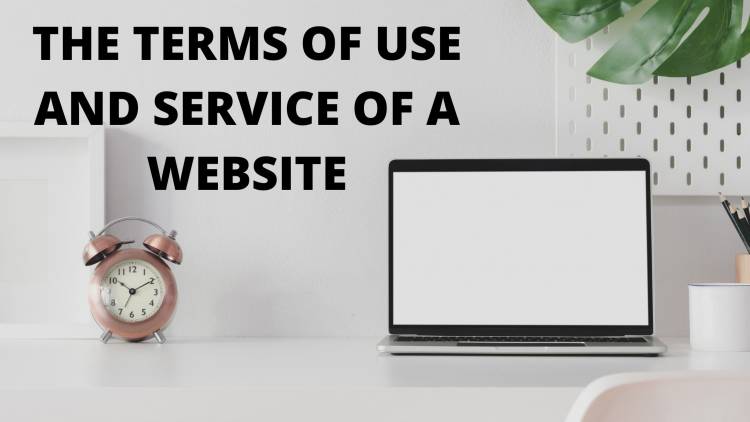INTELLECTUAL PROPERTY ENFORCEMENT: COMBATING COUNTERFEITING AND PIRACY
Intellectual Property (IP) enforcement is crucial for protecting the rights of creators, businesses, and innovators from the detrimental effects of counterfeiting and piracy. These illicit activities lead to significant economic losses, harm brand reputations, and pose serious risks to consumer safety. This article explores the challenges and strategies involved in combating counterfeiting and piracy, highlighting the importance of robust legal frameworks, international cooperation, and the use of technology. Key measures include legislative actions, customs enforcement, digital tools, consumer education, and private investigations. Two case studies are provided: one on combating counterfeit pharmaceuticals through INTERPOL’s Operation Pangea and another on Disney’s approach to fighting digital piracy. These examples underscore the need for coordinated efforts and innovative solutions in the ongoing battle against IP infringement.

INTRODUCTION:
Intellectual property (IP) enforcement is a critical aspect of the global economy, safeguarding the rights of creators, innovators, and businesses. Counterfeiting and piracy are two of the most significant threats to IP, costing billions in revenue losses, harming brand reputations, and potentially endangering consumer safety. This article delves into the strategies, challenges, and legal frameworks involved in combating counterfeiting and piracy, with illustrative examples to underscore the importance of effective IP enforcement.
UNDERSTANDING COUNTERFEITING AND PIRACY:
Counterfeiting refers to the unauthorized replication of products, often bearing fake trademarks or logos to deceive consumers into believing they are purchasing genuine items. This practice is prevalent across various industries, including fashion, electronics, pharmaceuticals, and luxury goods. On the other hand, piracy involves the unauthorized use, reproduction, or distribution of copyrighted material such as movies, music, software, and books. Both counterfeiting and piracy undermine the value of legitimate IP, eroding market share and diminishing incentives for innovation.
THE ECONOMIC IMPACT OF COUNTERFEITING AND PIRACY:
The economic impact of counterfeiting and piracy is substantial, with global losses estimated to exceed $1 trillion annually. These activities not only deprive legitimate businesses of revenue but also reduce government tax revenues, hinder job creation, and contribute to unfair competition. Counterfeit goods are often produced with little regard for quality or safety standards, posing significant risks to consumers, particularly in sectors like pharmaceuticals and automotive parts where counterfeit products can cause serious harm.
LEGAL FRAMEWORKS FOR IP ENFORCEMENT:
Combating counterfeiting and piracy requires a robust legal framework that includes national laws, international treaties, and cooperative enforcement mechanisms. Key international agreements, such as the Agreement on Trade-Related Aspects of Intellectual Property Rights (TRIPS), establish minimum standards for IP protection and enforcement across member countries of the World Trade Organization (WTO). The TRIPS Agreement obligates member states to provide effective legal remedies against infringement, including injunctions, damages, and the seizure and destruction of counterfeit goods.
STRATEGIES FOR COMBATING COUNTERFEITING AND PIRACY:
- Legislative Measures: Governments play a crucial role in IP enforcement by enacting and updating laws that define IP violations clearly, establish penalties, and empower authorities to take action against infringers. Enhanced penalties, including substantial fines and imprisonment, can serve as deterrents against counterfeiting and piracy.
- Customs and Border Control: Effective border control measures are essential in preventing the importation and exportation of counterfeit goods. Customs authorities are often the first line of defense in identifying and seizing infringing products. Advanced technologies, such as barcode scanners, RFID tags, and blockchain, can enhance the tracking and verification of goods throughout the supply chain.
- Technology and Digital Enforcement: The rise of e-commerce and digital platforms has created new avenues for the sale of counterfeit goods and pirated content. Online marketplaces, social media, and peer-to-peer networks are frequently used to distribute infringing products. To combat this, IP owners employ digital tools such as automated content recognition, watermarking, and online monitoring to detect and remove counterfeit listings. Collaborative efforts between IP owners and digital platforms are crucial for enforcing IP rights in the digital environment.
- Public Awareness and Consumer Education: Raising public awareness about the dangers of counterfeit goods and the importance of IP rights is vital for reducing demand. Educational campaigns can inform consumers about the risks associated with counterfeit products, including potential health and safety hazards. Encouraging responsible purchasing decisions and promoting the value of authentic goods can significantly diminish the market for counterfeit and pirated products.
- Private Enforcement and Investigations: IP owners often engage private investigators, legal teams, and brand protection firms to monitor markets, gather evidence, and take action against infringers. Civil litigation, cease-and-desist letters, and settlement negotiations are common tools used by IP owners to enforce their rights.
- International Cooperation: Counterfeiting and piracy are global problems that require international cooperation for effective enforcement. Cross-border collaboration between customs authorities, law enforcement agencies, and IP offices can enhance the detection and prosecution of IP crimes. Organizations like INTERPOL and the World Customs Organization facilitate international efforts to combat counterfeiting and piracy through joint operations, training, and information sharing.
CHALLENGES IN IP ENFORCEMENT:
Despite the existence of legal frameworks and enforcement strategies, combating counterfeiting and piracy remains a complex challenge due to several factors:
- Global Nature of Infringement: Counterfeit goods are often produced in one country, sold in another, and shipped through multiple jurisdictions, complicating enforcement efforts. Jurisdictional differences in IP laws and enforcement capabilities can create loopholes that infringers exploit.
- Cost and Resource Constraints: IP enforcement can be resource-intensive, requiring significant financial and human resources. Smaller businesses, in particular, may struggle to afford the costs of litigation, market monitoring, and brand protection services.
- Technological Advancements: The rapid pace of technological advancements can outpace existing enforcement mechanisms. Infringers continually adopt new methods to evade detection, such as using anonymized websites, encrypted communications, and sophisticated supply chain disguises.
Example 1: Combating Counterfeit Pharmaceuticals
The pharmaceutical industry is one of the sectors most affected by counterfeiting, with counterfeit drugs posing serious health risks to consumers. In 2008, INTERPOL launched Operation Pangea, a global initiative targeting the online sale of counterfeit and illegal medicines. The operation involved law enforcement agencies, customs officials, and health regulators from over 100 countries. During the operation, authorities seized millions of counterfeit and illicit pharmaceuticals, shut down thousands of illegal websites, and arrested hundreds of suspects. This large-scale collaborative effort highlights the importance of international cooperation in combating counterfeiting, especially in industries where public health is at stake.
Example 2: Disney's Fight Against Piracy
The entertainment industry is another major battleground for IP enforcement, with companies like Disney facing widespread piracy of their movies, TV shows, and other content. Disney employs a multi-faceted approach to protect its IP, including digital rights management (DRM), anti-piracy technologies, and legal action against infringers. Disney collaborates with digital platforms to remove pirated content and uses sophisticated monitoring systems to track unauthorized distribution. Additionally, the company educates consumers about the impact of piracy on the entertainment industry and encourages the use of legal streaming services. Disney's proactive stance demonstrates how companies can leverage technology and legal tools to defend their IP in the digital age.
CONCLUSION:
Combating counterfeiting and piracy is essential for protecting intellectual property, fostering innovation, and ensuring consumer safety. Effective IP enforcement requires a combination of strong legal frameworks, technological tools, public awareness, and international cooperation. While challenges persist, the continued efforts of governments, businesses, and global organizations are crucial in the fight against counterfeiting and piracy. By safeguarding IP rights, we protect the value of creativity and innovation, supporting economic growth and consumer trust in the global marketplace.












